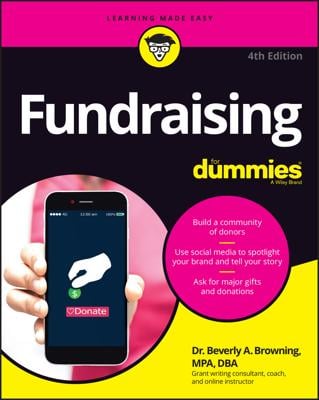Online giving still lags behind contributions that are made in response to in-person requests or traditional fundraising letters, but it increases every year. You'll want your organization to benefit from this growing trend by including e-mail letters among your fundraising tools. Good e-mailed letters are short and sweet. They need to draw in their readers right away, with strong subject lines and opening sentences. Here are some tips you can use to succeed with your e-mailed fundraising letters:
The identity of the person who sent the e-mail matters to the reader. Make sure your supporters will recognize the sender's name.
Write an appealing subject line. The recipient of your letter will choose to open your message based on this 40- to 50-character phrase. In many ways, it's the most important part of your e-mail. Write it, think about it, and test it on others. If you don't get a strong response, write another subject line and resend the appeal in a few days.
Write a strong opening. The first few lines of your letter are extremely important. Many of your readers scan their e-mail through a preview pane where all they see is those first few sentences. Write clearly, directly, and dramatically at the opening of your letter.
Write the way you speak. Use short, brisk sentences. Don't be afraid to ask the reader a question in the body of your letter; questions can add to a conversational tone.
Use short paragraphs. Draw attention to the benefits of your organization's work or to its varied programs by using subheads and bullets. (However, avoid turning your letter into a long, bulleted list.)
Engage the reader. Use (short) human interest stories or testimonials from people who have benefited from your organization's work.
Incorporate a graphic element. Place photos, a video, or an illustration in the upper right-hand corner. At the same time, don't overload your e-mail with graphics, which can slow down its delivery and cause it to be caught in spam filters.
Ask for the contribution. Don't bury the request deep in the letter. Be clear about your expectations.
Be specific. Each donor's gift makes a difference to your nonprofit. Tell them how.
Make donating simple. Make it easy for your reader to click through from your letter to the "Donate now" feature on your website. While you're at it, include two or three opportunities for your reader to click through.
Let donors control their frequency of contact with you. You want to stay in touch with an e-newsletter and future solicitation letters, but be courteous and give them choices about how you'll stay in touch. While you're at it, give clear and courteous unsubscribe instructions for how to get off of your e-mail list.
Inject human contact into your e-fundraising if at all possible. After someone has made a contribution, make a brief call of thanks. Better yet, invite her to take a behind-the-scenes tour or witness your nonprofit's work in person.

